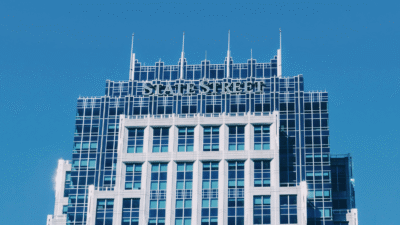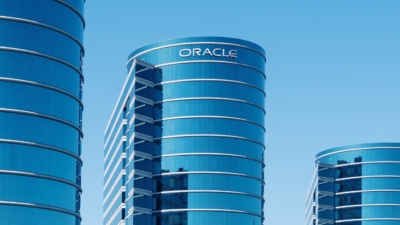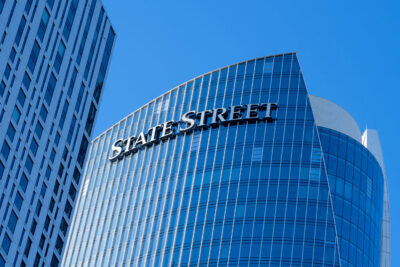Like Active Management? Odds of Outperformance Are Slim
The past year hammered active funds, and while a few categories show long-term promise, success is out of reach for most, per Morningstar.

Sign up for exclusive news and analysis of the rapidly evolving ETF landscape.
Time has not exactly been kind to active funds over the long haul.
Just a third of actively managed mutual funds and ETFs beat their passive counterparts over a year, according to a new Morningstar report. And believe it or not, that’s about as good as it gets, with the data finding that under 6% of active large blend funds beat index funds over 10 years, and under 3% of large growth funds outperformed passives. Stretch that out to 20 years, and the figures are 7% and less than 1%, respectively. However, short-term figures for active management were better for some categories of foreign stocks and intermediate core bonds. And investors’ odds of picking winners in fixed income were considerably better in the long term than for equities.
“There is value in investing a small portion of your portfolio in an actively managed ETF,” said Alvin Carlos, managing partner of District Capital Management, citing low fees and histories of outperformance. “It’s easier to find good active ETFs for bonds. You can find a good one with a 0.10% fee. It’s harder for stocks. The active stock ETF we may recommend to certain clients has a 0.59% expense ratio.” Morningstar’s data showed that over a year, nearly 52% of active intermediate core bond funds did better than passive ones on an asset-weighted basis. Corporate bond funds are an entirely different story, with a scant 4% of active ones beating passives.
The Price Is Right … Right?
As it turns out, costs do matter when it comes to active management, and having low fees is linked to higher odds of investors beating benchmarks over time, Morningstar found. That hasn’t been lost on investors, who on average “have chosen active funds wisely,” the report noted. Over 10 years, a dollar invested in active funds has, on average, beaten active funds as a whole, implying that “investors favor cheaper, higher-quality strategies,” the authors wrote.
Still, the odds are stacked against active:
- In the past 10 years, through June, 27% of actively managed funds that were in the lowest quintile by cost beat peers, while that was the case for just 15% of funds in the most expensive quintile, according to Morningstar.
- For US large-cap mutual funds and ETFs, there was a performance penalty that was higher for picking underperforming strategies than over choosing winners, the authors said. However, the benefits of choosing outperforming real estate and high-yield bond managers were greater than the costs of selecting low performers.
Actively Recruiting: The findings come as managers and assets have been flocking from active mutual funds to ETFs (both passive and active) and as the number of actively managed ETFs on the market is growing wildly. In the first half of the year, nearly 300 new active ETFs launched in the US, per Morningstar. Getting advisors on board with strategies that, on average, are unlikely to beat the market is a challenge. “I don’t see any value in actively managed funds, given their higher expense ratios and frequent underperformance relative to passive investment products,” said Kevin Feig, founder of Walk You to Wealth. “The vast majority of them don’t outperform passively managed funds, and those that do rarely achieve the same feat over multiple years.”











